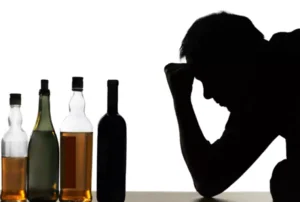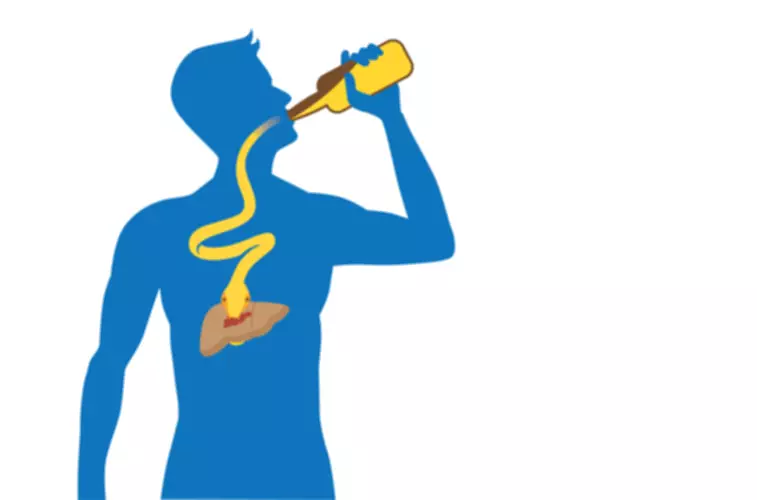Sober living
T-Break: Take a Cannabis Tolerance Break

Exercise, especially cardiovascular activity, can help flush THC metabolites out of your system faster. We’re a passionate group of patient advocates, experienced cannabis professionals, industry leaders and philanthropists. Courtney Shade, senior contributor of The Hemp Doctor, explores a gamut of topics related to hemp, CBD, and cannabis-derived products. I’m going through my stash a little more quickly and feeling less pronounced effects than at first.
How To Reset without a Full Break
I used to hear and use the term “dub of weed” a lot when I was younger. When I first heard the term “reggie weed,” I was confused and curious. It was used to describe a certain type of cannabis that seemed to be less desirable than others. Many of us encountered and smoked reggie weed when we were kids because we didn’t know any better or… Everyone is unique; hence, what helps one person may not help you. Choosing to reset your THC tolerance offers a lot of interesting advantages.
- I used to hear and use the term “dub of weed” a lot when I was younger.
- We are the only medical marijuana clinic in Mississippi and Alabama where healthcare providers take a holistic approach to pain management, weight loss, and mental health.
- Understanding cannabis tolerance is crucial for maintaining the therapeutic benefits of cannabis while minimizing the risk of dependence.
- You will probably still get stoned by using a single, regular sized paper.
- Our knowledgeable staff is here to provide personalized recommendations and support your wellness journey.
How Do I Know if I Should Take a Tolerance Break?

As cannabinoid receptors in the brain adapt, higher doses may be needed to achieve desired effects. This article explores how cannabis tolerance develops and provides practical strategies to reset tolerance levels. Readers will learn effective techniques to maximize their cannabis experience while practicing responsible use. By understanding tolerance mechanisms and implementing harm reduction approaches, users can maintain a balanced relationship with cannabis therapy.
Can I still take CBD on a THC tolerance break?
Recognizing signs of cannabis dependence is crucial for users to maintain a healthy relationship with the substance. Research indicates that changes in behavior, such as increased frequency of use or difficulty controlling consumption, may signal the development of dependence. The more frequently you use cannabis, the more likely you are to develop tolerance. Heavy, daily use is the fastest way to build tolerance, whereas occasional users may experience little to no change in their sensitivity to THC. Depressed mood, stomach pain/nausea, shakiness, and sweating are less frequent but possible in rare cases. Most symptoms begin within 24 hours of abstaining, peak within 2-3 days, and linger for approximately 1-2 weeks.


By paying attention to subtle changes in sensation and perception, individuals can better gauge the impact of smoking or other consumption methods on their overall well-being. This heightened awareness can lead to more effective pain management and a deeper understanding of cannabis’s effects on health. Taking a cannabis tolerance break can be beneficial, Sober living house but it’s not always comfortable.
Including CBD Products
Like nicotine withdrawal, these symptoms include depressed mood, decreased appetite, anxiety, irritability and insomnia. However, these symptoms are typically milder than other substance withdrawals and do not disrupt daily life. Compared to nicotine, cannabis is generally considered easier to stop using.
- These proactive measures, combined with healthy habits, create an extensive strategy for managing your cannabis tolerance while maximizing its therapeutic benefits.
- This means no smoking, vaping, eating, or using any cannabis products.
- Taking a Tolerance Break, or T-Break, can do wonders for your cannabis experience over time.
- Discover the negative side effects of marijuana you may experience as a user.
- The rate of tolerance development varies among individuals, influenced by your genetic makeup, consumption patterns, and the potency of cannabis you’re using.
Health Conditions
When you consume weed often, your body adapts to the presence of THC, the main psychoactive component in cannabis. As a result, you might find yourself needing more weed to achieve the effects that smaller amounts once delivered. Healthcare professionals can provide guidance on distinguishing between therapeutic use and problematic consumption. Individuals using cannabis as medication should regularly assess their usage patterns and consult with their doctors to ensure appropriate dosing and avoid dependency.
- If you follow my advice, you can go back to being as sensitive to weed as you were when you first started smoking.
- I picked up a pack of Journeyman Berry Jellies to find out if a single 10mg THC dose would be enough for me to feel intoxicating effects.
- Temporarily switching to another medication or alternative therapies may help with the brief transition.
- Two main factors make exercise a good idea if you’re looking to reduce THC tolerance.
Lowering Your Tolerance While Still Smoking
A tolerance break involves abstaining from cannabis for a set period. For many users, just a few days can result in a noticeable decrease in tolerance. Some choose to take breaks for longer, ranging from one to four weeks. Sometimes, the best way to reset your tolerance is to take a break. This process is How to lower weed tolerance often called a “T-break” (tolerance break), and it’s one of the most effective methods for lowering THC tolerance. As a cannabis consumer, you’ve probably noticed changes in how you experience the effects of THC over time and with continued use.

You might be a traditionalist who prefers smoking, but it could be beneficial to experiment with other consumption methods. Vaping, edibles, tinctures, and topical applications offer unique experiences and absorption rates. By varying your consumption methods, you can introduce a new dynamic to your cannabis experience, which may help manage tolerance levels. Your cannabis tolerance reset typically takes 2-3 weeks, but personal variations in metabolism, smoking frequency, and receptor sensitivity can affect timing. You’ll experience withdrawal symptoms initially, but receptor recovery varies by consumption patterns.
